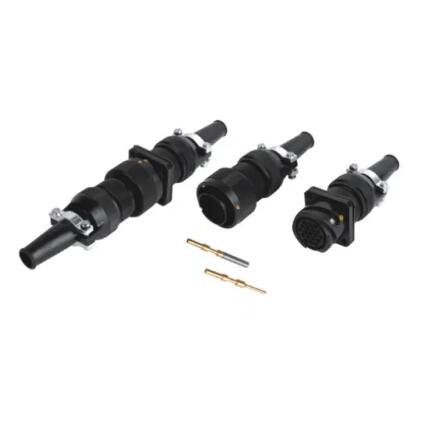Unraveling the Wires: The Essential Role of High-Speed Sensor Connectors
2024-01-26
Introduction:
In the ever-evolving landscape of technology, where data rules supreme, the need for efficient and reliable sensor systems has become paramount. At the heart of these systems lies a crucial component - the high-speed sensor connector. But what exactly is its primary function, and why is it so integral to the world of sensors and data transmission?
Understanding the Basics:
High-speed sensor connectors are specialized connectors designed to facilitate the transmission of data between sensors and electronic systems at accelerated rates. Unlike traditional connectors, which may suffice for slower data transfer, these connectors are engineered to handle high-frequency signals with precision and minimal signal loss.
The Primary Function:
The primary function of high-speed sensor connectors is to ensure seamless and rapid communication between sensors and the electronic systems they are integrated into. Whether it's in automotive applications, industrial machinery, medical devices, or any other field utilizing sensors, these connectors play a critical role in maintaining the integrity of the transmitted data.
1. Signal Integrity:
At the core of their function is the preservation of signal integrity. High-speed sensor connectors are designed to minimize electromagnetic interference (EMI) and radio-frequency interference (RFI), ensuring that the transmitted signals remain clear and accurate.
2. Data Transmission Speed:
As the name suggests, one of the primary purposes of these connectors is to enable high-speed data transmission. This is crucial in applications where real-time data is essential for decision-making, control, or monitoring processes.
3. Precision in Data Transfer:
High-speed sensor connectors are engineered to provide precise and reliable data transfer. This precision is vital in applications where the accuracy of sensor readings directly influences the performance of the overall system.
4. Compatibility and Adaptability:
These connectors are designed to be compatible with a variety of sensors and electronic systems. Their adaptability ensures that they can meet the specific requirements of diverse applications, from temperature sensors to motion sensors and beyond.
5. Reliability in Harsh Environments:
Many high-speed sensor connectors are built to withstand harsh environmental conditions. This resilience is crucial in industries where sensors may be exposed to extremes of temperature, humidity, or vibration.
Conclusion:
In conclusion, the primary function of a high-speed sensor connector is to serve as the linchpin in the intricate network of data transmission. By ensuring signal integrity, enabling high-speed data transfer, providing precision, and adapting to diverse applications, these connectors empower sensor systems to deliver accurate and timely information. As technology continues to advance, the role of high-speed sensor connectors will only become more pivotal in shaping the future of data-driven industries.



